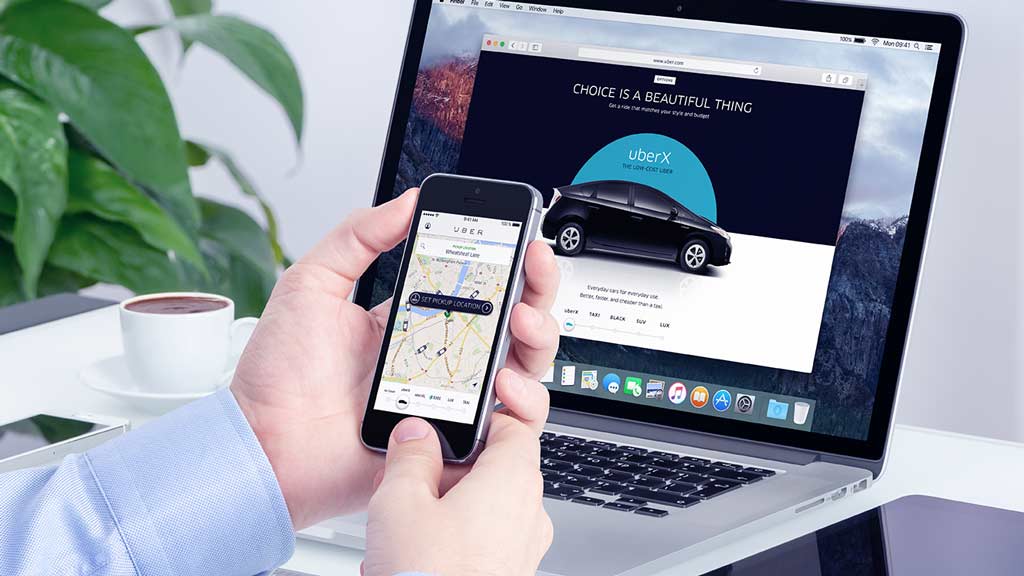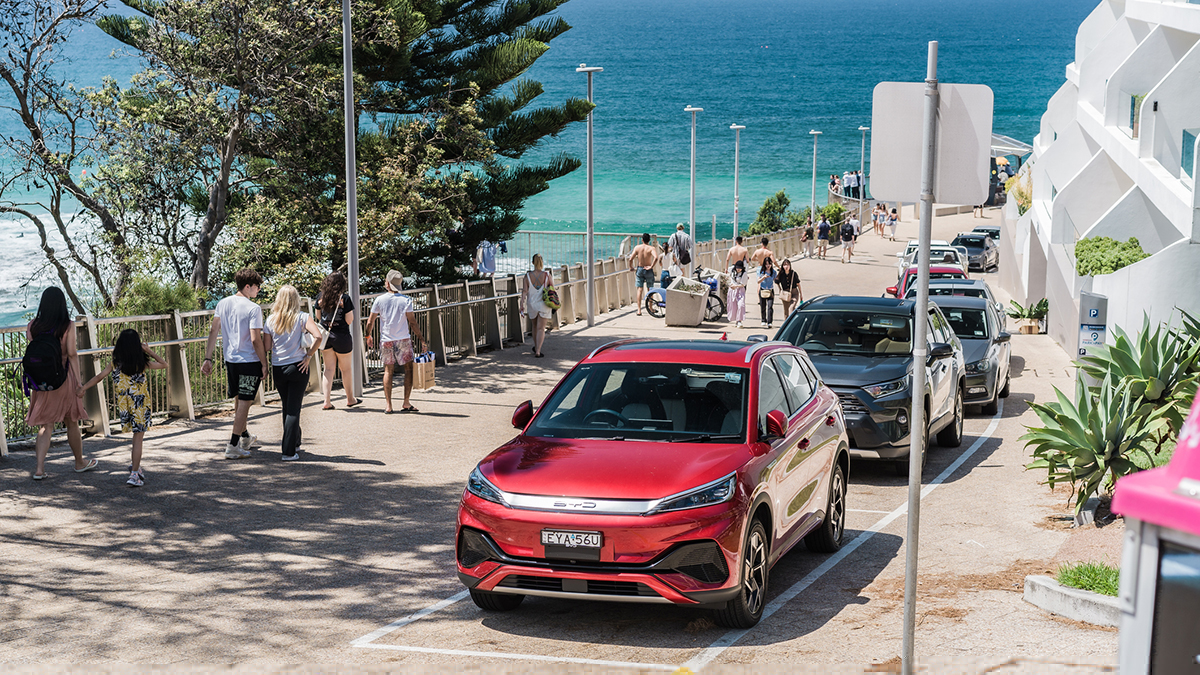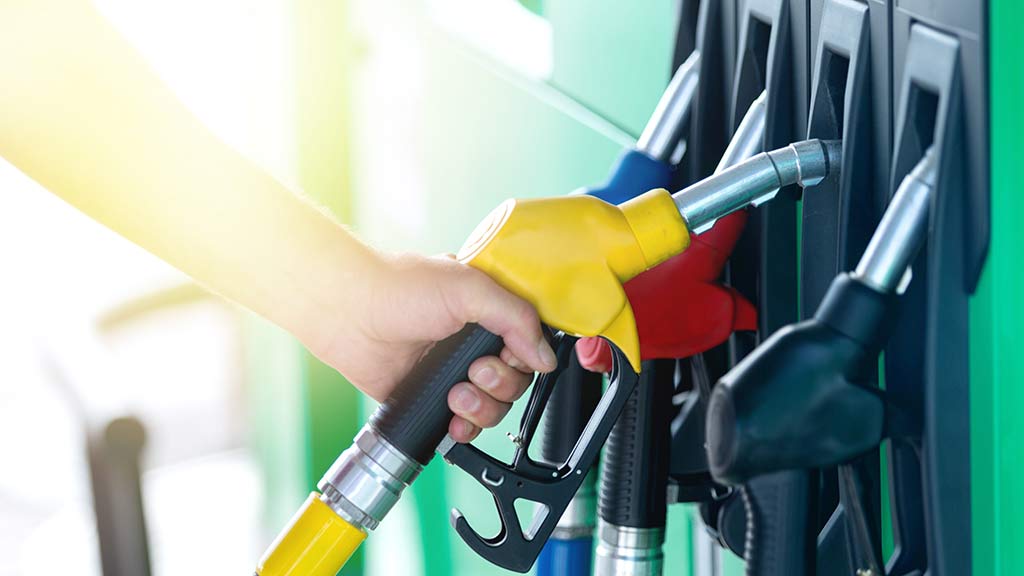Get our independent lab tests, expert reviews and honest advice.
UberX vs taxi – which is best?

Uber has well and truly entered the market in Australia. However, the app-based transport service’s journey hasn’t been without controversy and opposition from the taxi industry. Initially, much of the kerfuffle circled around the legality of UberX, a ride-sharing service that links passengers with private drivers through an app. But as regulation has been, or is planned to be, introduced in most states and territories, the legality of ride-share services is more or less resolved.
On this page:
- How do these services work?
- CHOICE's user trial
- What we found
- Is UberX cheaper than taxis?
- Reliability – wait times and no-shows
- Safety and regulation
- Want to know more?
How do these services work?
Taxi
Taxi drivers are essentially self-employed businesspeople, working under the umbrella of one of a number of taxi companies. Drivers will pay a set amount to lease the taxi or give a percentage of the takings. Taxis can be booked in a number of ways – online, over the phone, hailed off the street or through a range of booking apps. Payments can be made via cash, credit card, or Cabcharge.
Uber
UberX operates wholly through the Uber app, linking up passengers with private drivers using their own cars. Riders can also book a taxi through the app, or use the more premium service, UberBlack. The app detects your location via GPS and connects you with the nearest available driver. The vehicle’s approach can be tracked through the app and the driver’s details are sent to the passenger. Payment is cashless – passengers must enter their credit card details when signing up. If you need to cancel, you have up to five minutes after the driver accepts before you’ll be charged a cancellation fee. Uber takes a 20–27.5% cut of the driver’s fare depending on when they signed up.
CHOICE’s user trial
Amid the controversy back in 2015, we set out to test UberX and taxi services and find out which was cheapest and most reliable. We conducted a total of 56 trips across Sydney – 28 UberX rides and 28 taxi rides. All trips were taken in pairs – one test rider in a cab and one in an UberX, both travelling from and to the same place – and distributed across seven different time bands to ensure we captured variations in pricing.
Midweek
- 6am–10am/5pm–10pm
- 10am–5pm
- 10pm–6am
Weekend
- 6am–midday
- Midday–5pm
- 5pm–midnight
- Midnight–6am
Trips were conducted in the inner areas of Sydney between 27 August 2015 and 11 September 2015 (after UberX drivers were required to start paying GST). Prices were compared based on the end cost to the user.
What we found
- UberX was cheaper than a taxi around nine times out of 10. Taxis were 40% more expensive than UberX on average.
- On the three occasions UberX was more expensive, it wasn’t by much – and it was only when surge pricing was in place.
- Of the 28 UberX rides, we encountered surge pricing four times.
- Taxis showed up quicker on average. This, however, was due to the convenience of hailing one off the street; when taxis were booked they tended to take longer to show up than UberX. There were also two times taxis didn’t show up at all, pointing to an issue with reliability.
- On one occasion out of 28, there was no UberX available (the rider caught the next cheapest available option, UberTaxi – a service that is no longer available).
- Taxis scored an average of 6.7 for the overall experience while Uber scored an average of 8.3.
Is UberX cheaper than taxis?
At face value, Uber’s pricing is cheaper than taxis, so it’s perhaps no surprise that we found taxis to be more expensive than UberX 89% of the time. For example, in Sydney, UberX costs $1.45 per kilometre plus $0.40 per minute, while the maximum taxi rate is $2.19 per kilometre plus $0.94 per minute the vehicle is travelling less than 26 km/h.
However, there are some fundamental differences in the way pricing works between the two services, so an UberX won’t always be cheaper.
Both taxis and UberX charge a rate which is a calculated using time and distance.
- Taxi prices are regulated and have set maximum prices in each state, generally with two to three different price brackets – day rate, overnight rate and peak rates.
- Uber’s pricing is variable and fluctuates with supply and demand, through what it calls ‘surge pricing’. Surge pricing doesn’t happen at a set time; rather, it occurs when demand is high and/or there aren’t enough drivers on the road. At these times the base rate incrementally increases, or ‘surges’.
UberX was cheaper than a taxi around nine times out of 10. Taxis were 40% more expensive than UberX on average.
Surge pricing
Given these differences, what’s surprising was how few times surge pricing was actually in place during our test. We encountered surge pricing four out of 28 times, and only to a maximum of 1.5 times the base rate. When surging at this level the UberX didn’t turn out to be much more expensive (an average of 6%) than a taxi (and sometimes it was still cheaper); however, surge pricing can increase well beyond these levels at times of intense demand. Earlier this year, press reports cited an UberBlack trip which cost $213 on New Year’s Eve as a result of surge pricing, when it would normally cost $69.
While you’re warned of surge pricing before you accept a trip, this feature makes pricing unpredictable for consumers. We encountered surge pricing on the weekend, as well as late at night.
- Two instances after midnight on the weekend
- One instance mid-morning on the weekend
- One instance after 10pm midweek
We also found that the Uber app tends to underestimate the likely price. While its fare estimates were generally not too far off the mark, it was usually less than what the price turned out to be, which has the potential to be misleading.
Reliability – wait times and no-shows
While price is no doubt one of the biggest considerations when choosing a point to point passenger service, it’s not everything. Reliability is important, particularly if you need to get somewhere in a hurry.
We found that 16 out of 28 times (57%), UberX took longer to show up than the taxis. This was largely due to the convenience of being able to hail a cab directly off the street. However, for the 10 out of 16 times (62.5%) taxis were booked instead of hailed, the taxi took longer to turn up.
Taxis also presented the problem of no-shows. Of the 28 trips, there were two instances when the booked taxi didn’t show up (this meant they hadn’t arrived within 15 minutes of booking). On one occasion, one of our riders waited for over an hour for a cab that never came.
At the time, we put this issue to Blair Davies, CEO of the Australian Taxi Industry Association (AITA), who said the industry is aware of the problem. He explained that once a job gets put out to the fleet, if the closest driver doesn’t accept it within seven seconds, it will get sent to the next closest driver, and so on. And if the job has been sitting there for 20 minutes or longer, he said cab drivers know that the chances of the passenger still being there are low.
Part of the problem may be that taxi drivers are told the passenger’s destination, which may make short trips less attractive. Uber drivers, on the other hand, aren’t given your destination until they turn up.
Safety and regulation
As UberX and ride-share services have come under regulation, the respective state and territory governments have set varying requirements on drivers before being eligible to work. Uber drivers are generally required to hold a state-based driver authority (much like a taxi driver) which usually involves criminal history and medical checks, as well as having appropriate insurances in place.
Beyond the regulatory controls in each state and territory, both services have a range of different mechanisms in place to ensure passengers are safe.
Taxi
- Security camera: All taxis are fitted with a tamper-proof security camera.
- GPS tracking: Taxis have hardwired GPS locators.
UberX
- No anonymity: Passengers are given the driver’s name, photo, vehicle information and contact number, and the trip is kept on record.
- GPS tracking: Once your driver accepts your request, your trip is tracked via GPS on your phone and the driver’s. You are also able to share your ETA with friends or family so they can keep track of your ride.
- Rating system: Drivers are anonymously reviewed by passengers on a scale of 1 to 5. Uber says that drivers may have their accounts deactivated if they receive consistently low ratings and have received multiple warnings.
Want to know more?
- Interested in the sharing economy? Read our homestays guide.
- Can you ditch your car altogether? Use our car sharing guide to find out if it’s a viable option for you.




